Daily brewing| What kind of water flow do you use to make coffee?
Professional coffee knowledge exchange more coffee bean information please follow the coffee workshop (Wechat official account cafe_style)
Some fans asked: do you want to use a big current or a small current to make coffee?
If water injection is divided into three stages
The first stage: water injection when steaming, water injection when draining air, and water injection when coffee powder is precipitated. The flow in these three stages is basically a little different.
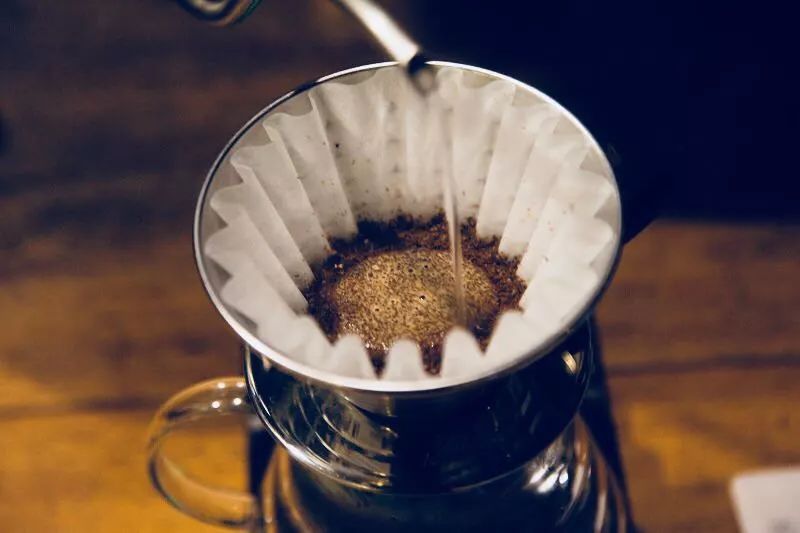
Take the water injection during steaming as an example: in order to keep the water around the coffee powder so that it can absorb water when steaming, it will use a relatively gentle stream of water, which feels like putting hot water on the coffee powder and letting the hot water slowly soak the coffee powder. If the current is too big and too strong, before the coffee powder absorbs water, a large amount of hot water will flow into the lower filter cup, diluting the concentration of the coffee liquid.
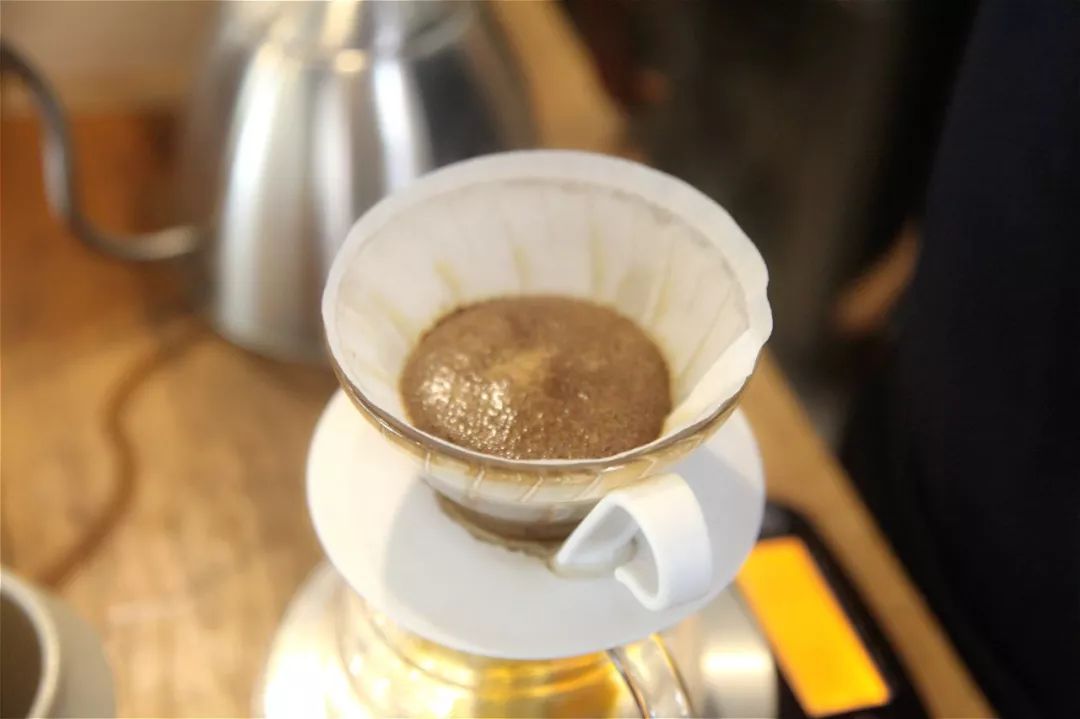
With the condition of steaming and the size of the expansion, it is necessary to determine how long it will take to flush with fine water. After steaming, the coffee powder basically still contains some air.
In the second water injection, there will be foam, and the thickness of the foam represents the air content in the coffee powder. The amount of air in the coffee powder determines whether the coffee powder floats on the water surface or precipitates at the bottom of the filter. There is a lot of air, and the coffee powder floats on the water surface, so it is necessary to use a gentle flow of water to disturb the coffee powder and let the air out of the coffee powder.
If the current is too strong, it will flow directly into the filter at the bottom, diluting the taste of the coffee. If there is too much air, that is, the foam is very big, it is very difficult to drive it out, and sometimes it is necessary to suspend water injection to allow more air to come out and then inject water.
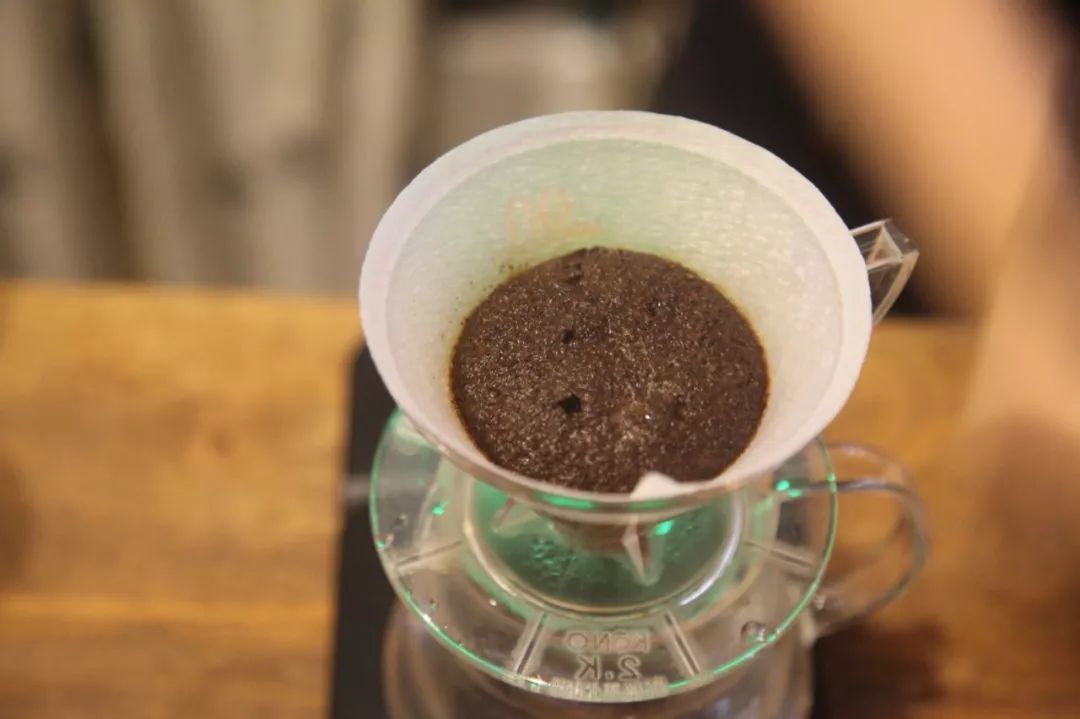
Another way is not to let the coffee powder float up, and each time the water is injected several times according to the principle of not exceeding the height of the powder layer. in this case, it is easy for the coffee powder to float on the surface with a large current or too strong water flow. there is no filter layer at the bottom to block the water flow, and hot water can easily flow directly into the next pot, diluting the original coffee flavor and reaching a predetermined amount of water before the essence coffee flavor is completely removed. The coffee powder layer is also easy to form a deep V powder wall.
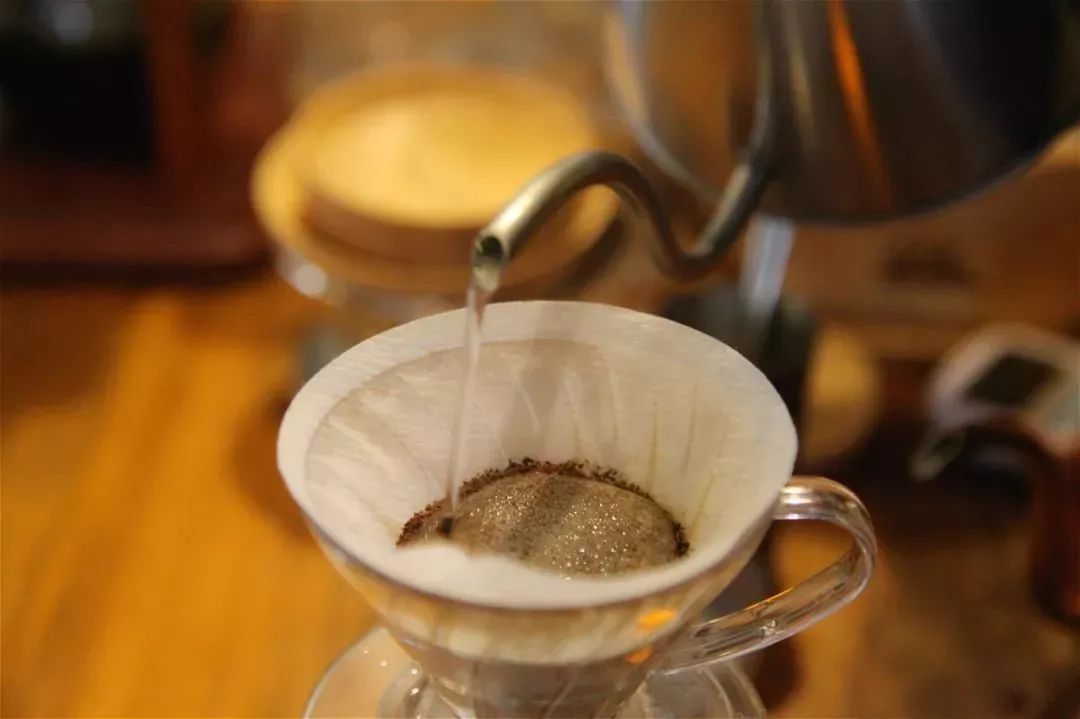
Freshly baked, medium-deep roasting, roasted coffee beans with longer baking time or thicker grinding, or higher water temperature, because there is more air, it is more suitable for fine water to wash slowly. For example, when we are cooking Mantenin, Blue Mountain and Kona, Hawaii, we use low temperature and fine water to flush slowly.
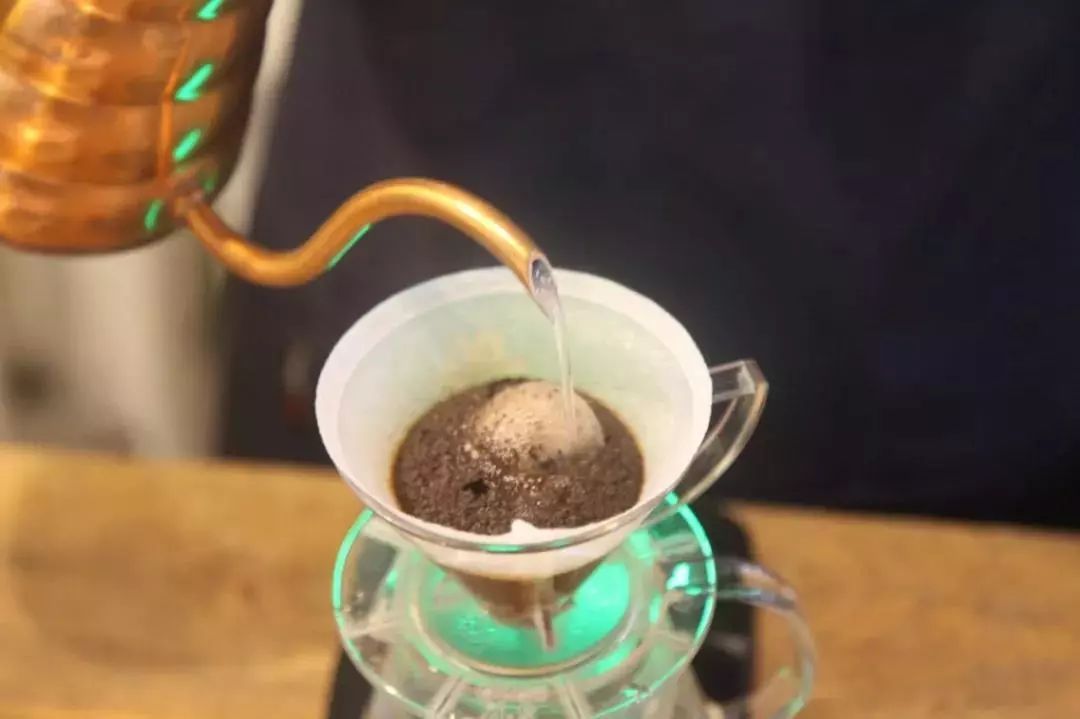
Another situation is:
It is not too inflated when steaming is stuffy, it is a small hill steamed bread, it is a small plain, or the foam is very fine when the second water injection, the color is easy to turn white, and there is no foam after two flushes.
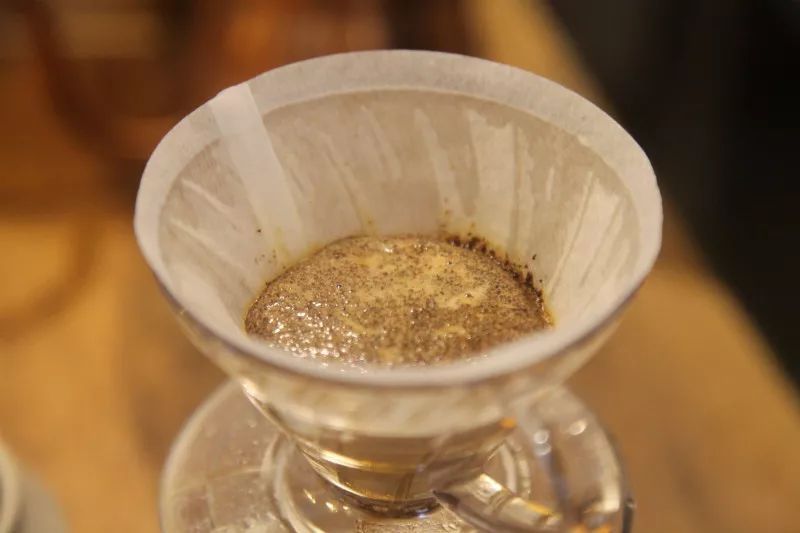
This situation is more likely to occur in shallow roasting, coffee beans put too long or ground coffee powder, such as rose summer, flower butterfly, Hua Kui, can use high temperature + large water flow.
Because the amount of air is relatively small, it is easy to absorb enough water and precipitate to form a filter layer at the bottom, but sometimes the filter layer is formed so early that the hot water does not easily remove the coffee from the filter layer, while the glass pot flowing from the side to the bottom dilutes the taste of the coffee.
So at this time, it may be necessary to use a large flow of water or increase the kettle to provide enough impact force to tumble the filter layer precipitated at the bottom, on the other hand, to rearrange the fine powder precipitated at the bottom in the filter above.
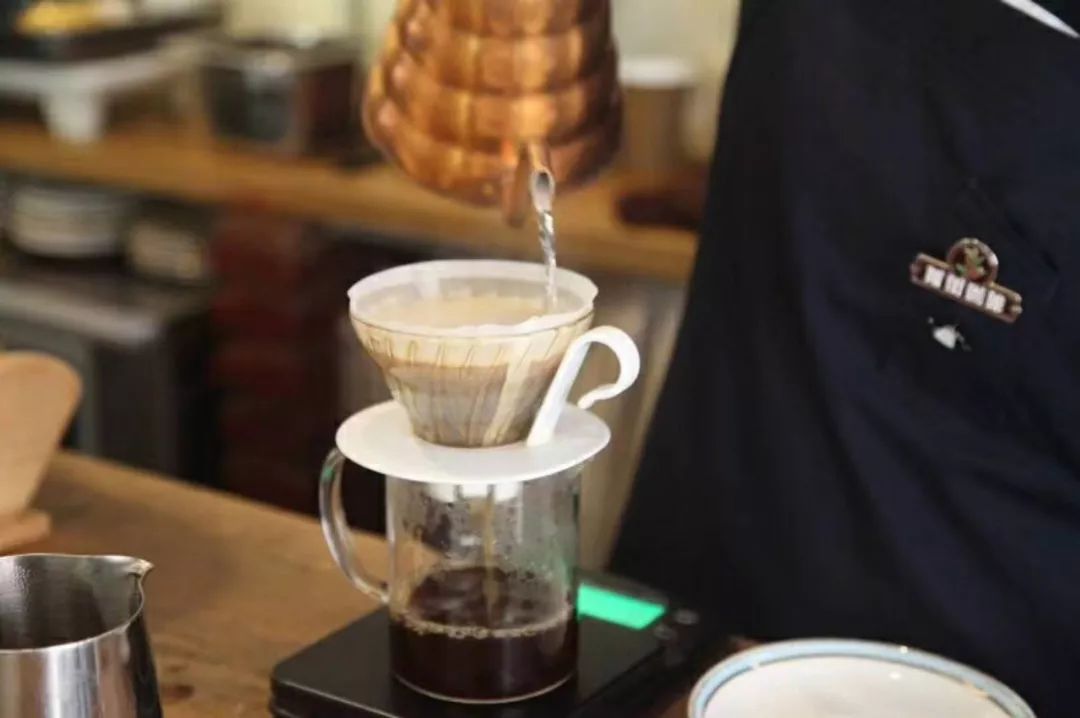
[summary]
To sum up, basically, the size of the water flow should be adjusted according to the condition of coffee powder foam.
When there is a lot of foam in the coffee powder, it is necessary to use a relatively soft water to flush slowly to increase the time to drive out the air in the coffee powder.
When the foam of the coffee powder becomes less or disappears, it is necessary to use a large flow of water to disturb the coffee powder deposited at the bottom to avoid blocking the coffee powder layer and produce a side flow.
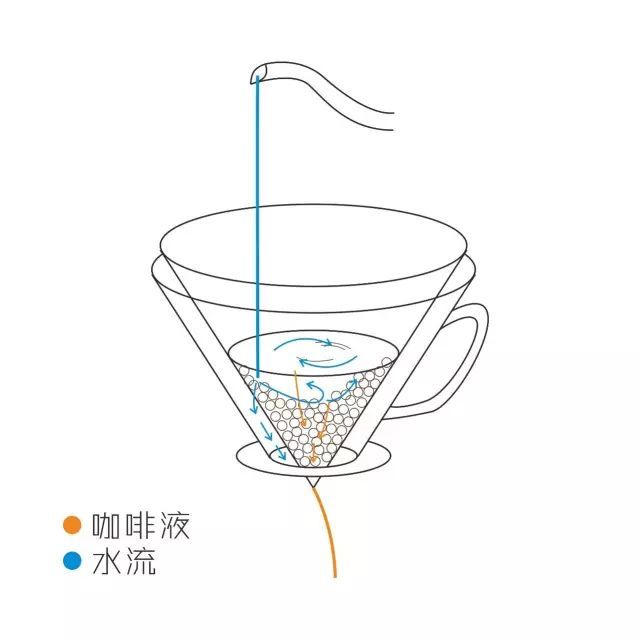
For the last water injection, I will use the central water injection, and the upper part of the water will turn up after it touches the powder layer full of pressure, so that the upper part of the powder layer can come into contact with the water for a longer time, and wait for the coffee liquid to flow out of the lower part. these streams continue to pass through the powder layer of the lower part to achieve a uniform extraction effect.
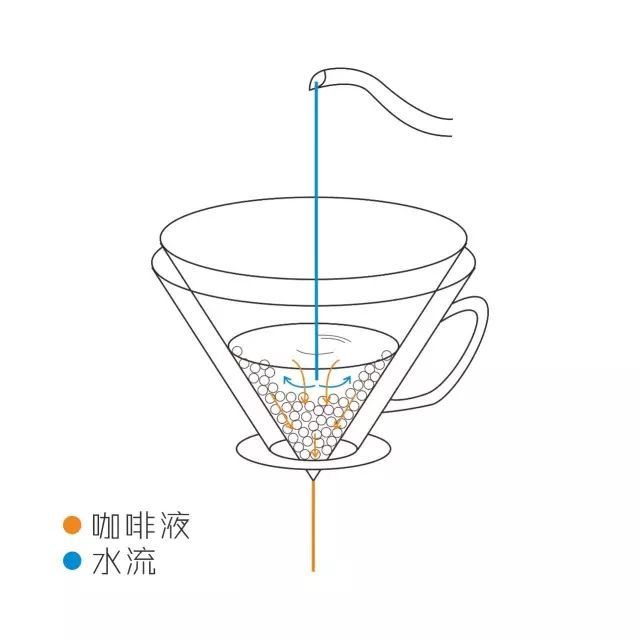
This is some personal experience. A good cup of coffee must be raw beans, handling, roasting, grinding, extraction and all these factors are indispensable. Brewing water may not have a great impact on these factors. But good coffee needs to strive for every detail. I hope it will be helpful to you.
Important Notice :
前街咖啡 FrontStreet Coffee has moved to new addredd:
FrontStreet Coffee Address: 315,Donghua East Road,GuangZhou
Tel:020 38364473
- Prev
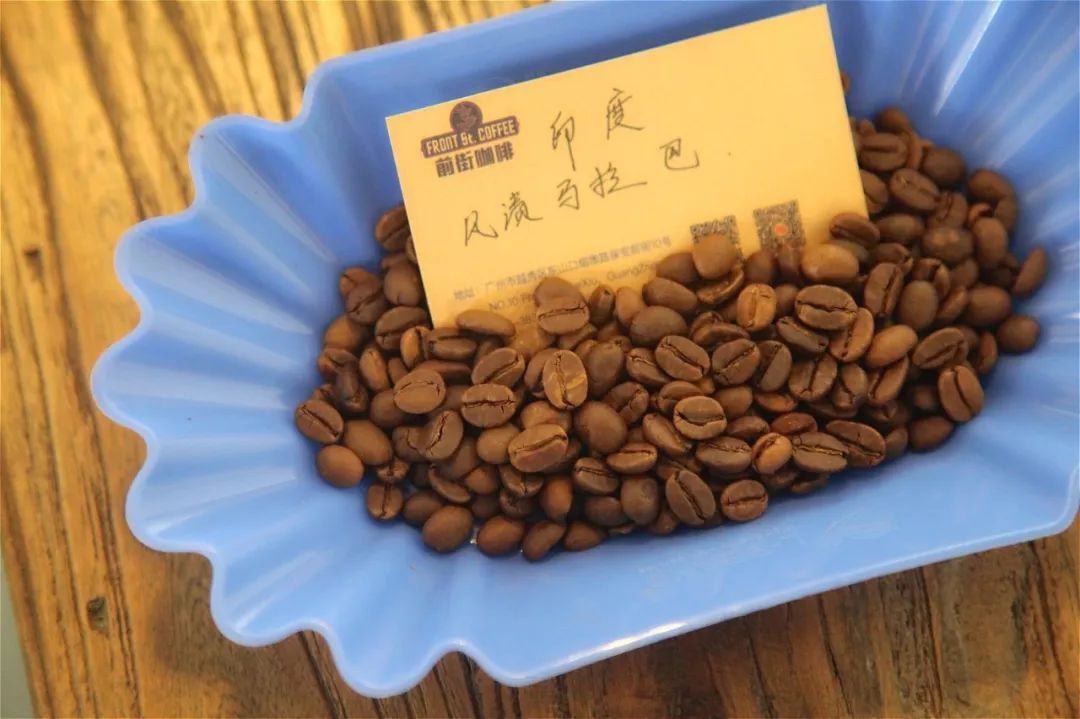
Unique Monsoon treatment-the Story of Indian Monsoon Malaba Malabr
Professional coffee knowledge exchange more coffee bean information please follow the coffee workshop (Wechat official account cafe_style) [monsoon stains Malaba] India Monsooned Malabar country: southern India: Malaba coast in southern India altitude: 1100-1200 m varieties: Kents,S795,Catimor,selection 9 treatment method: wind stain sun treatment method 01
- Next

Daily brewing | A cup of coffee with balanced taste and grease
Professional coffee knowledge exchange more information about coffee beans Please follow the coffee workshop (official Wechat account cafe_style) when it comes to the oil in coffee, what will come to mind? Generally speaking, the first impression should be the large layer of "Crema" floating above the Italian concentrate. It is often said that that layer of Crema is an important source of aroma and taste, but "Taguchi Guard"
Related
- What is the meaning of lactic acid fermentation with coffee bean treatment?
- How to judge the state of foam by sound?
- How does the latte pull out the unicorn pattern? Come to get for a little trick to improve the flower pull!
- Will flower pulling affect the taste of the latte?
- Do you know the history of coffee?
- The difference between honey treatment and sun washing what is raisin honey treatment?
- What kind of milk can a novice use to make coffee foam to keep the foam longer? The correct method and skills of milking tutorial sharing
- Why do washed coffee beans taste sour? Flavor characteristics of washed Coffee
- Introduction to the skill of how to practice the size and height of water injection around the circle of hand-brewed coffee
- How do beginners practice coffee flower drawing from scratch?

